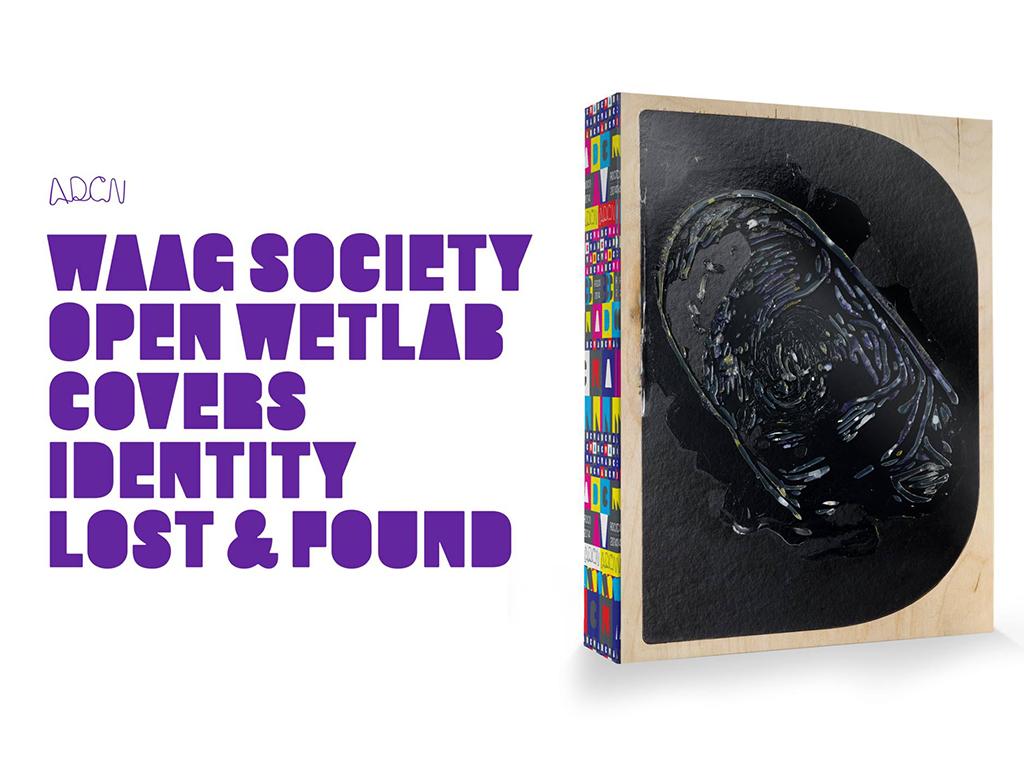Waag is one of twelve makers of a book cover design for the ADCN (Art Directors Club Netherlands) Yearbook 2014. Each year ADCN challenges designers and makers from the creative industry to design an iconic cover for their annual yearbook.
The submitted covers should not only be visually striking, but also tell a story. This story could be told through the creative process, the technology used to create it or using the context of the design. Do you need an art director to make one? We found the idea for our cover in a co-creation session of just a quarter of an hour during our two-weekly meeting at the Waag.
iDentity cover
Waag's submission was an enlargement of a fingerprint taken from the German Minister of Defense, moulded from gel and placed in a breeding ground for bacteria. This particular fingerprint caused an uproar at the end of 2014, because hackers from the Chaos Computer Club copied the exact fingerprint using high-definition photographs and the commercial software called VeriFinger.
Our cover is therefore also a statement. It symbolizes the fact that our bio (metric) data, like fingerprints, are now up for grabs. Fingerprints might appear more secure than passwords. But if your password gets stolen, you can change it to a new one; what happens when your fingerprint gets copied?
“Growing” a fingerprint
The copy of this fingerprint also had a life of it’s own. “The pattern of the fingerprint consists of a gel which serves as a nutrient medium. We’ve put bacteria from the Waag in a homemade template, and after a few days, a visible pattern began to grow”, says Peter van Boheemen, biotechnologist and project developer at Waag.
"At the same time we have the microbiological composition of the Waag mapped out on the book cover, so—in that sense—it also becomes our own ‘DNA’. The concept behind the cover fits in seamlessly with the ongoing discussions and questions about ownership and privacy: because who is the real owner of all this personal data?"
The mold for the pattern has been made with the laser cutter at the Fablab Amsterdam, the bacteria were grown by our Open Wetlab. The ADCN Yearbook 2014 is for sale in February at the ADCN website.
